
In a world without fast fashion or endless fabric dyes, color held a different kind of power. It appeared on the backs of nobles and peasants alike—but always for a reason. Each hue sent a signal. These ten color traditions open a window into how people made meaning through what they wore.
Royal Purple Symbolized Wealth And Authority

Clothing in purple came at a steep price, requiring thousands of sea snails to create just a small batch of dye. This rarity placed it firmly in noble closets. Sumptuary laws restricted its use to royalty, and violators often faced steep fines or punishment.
Red Represented Power And Martyrdom
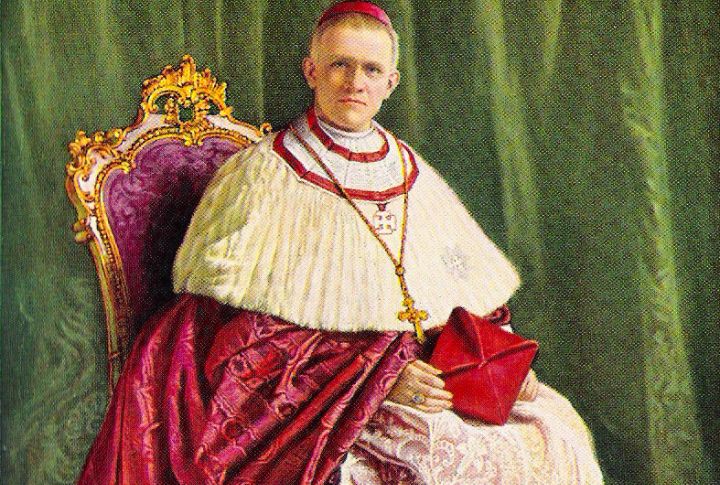
Wearing red meant stepping into a place of power. Cardinals wore crimson to honor the blood of martyrs, while others used the shade to signal strength. Superstitions also gave red protective status, believing it could repel evil forces or misfortune during rituals.
Blue Evoked Devotion
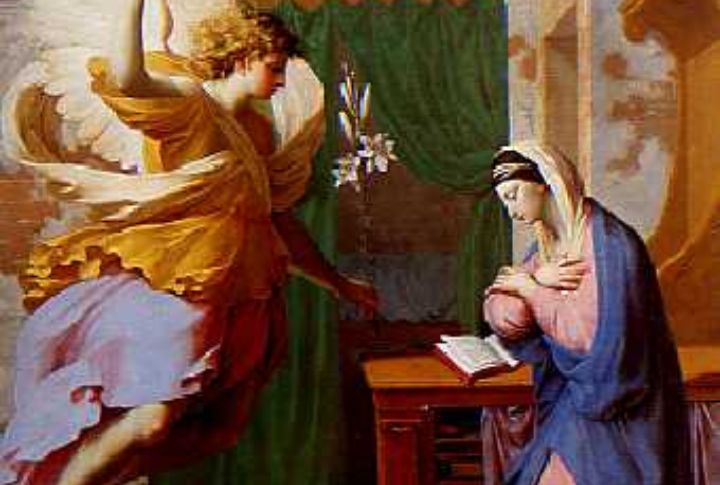
Painters reserved lapis lazuli—a pigment more valuable than gold—to clothe the Virgin Mary. The association grew so strong that blue became tied to purity and loyalty in heraldry. For everyday folks, however, the high cost kept blue firmly out of reach.
Green Linked To Youth And Fertility
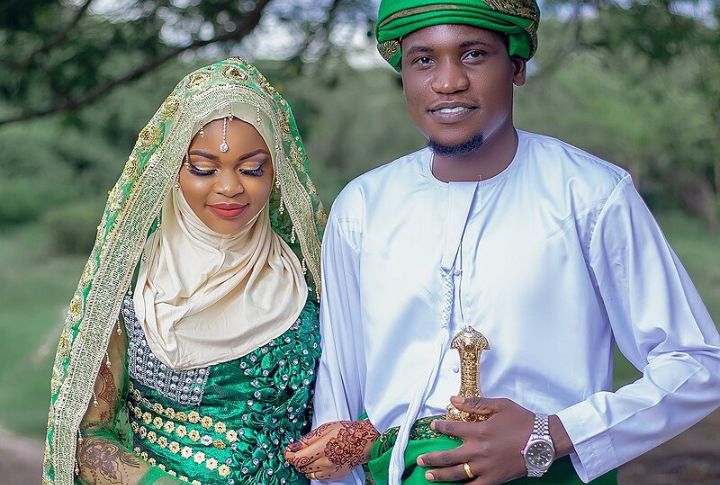
Literature described maidens and spring scenes using green as a symbol of rebirth and vitality. Many brides chose green gowns to reflect fertility hopes. Even legends like Robin Hood helped link green with nature and freedom from aristocratic rule.
Black Denoted Authority And Mourning
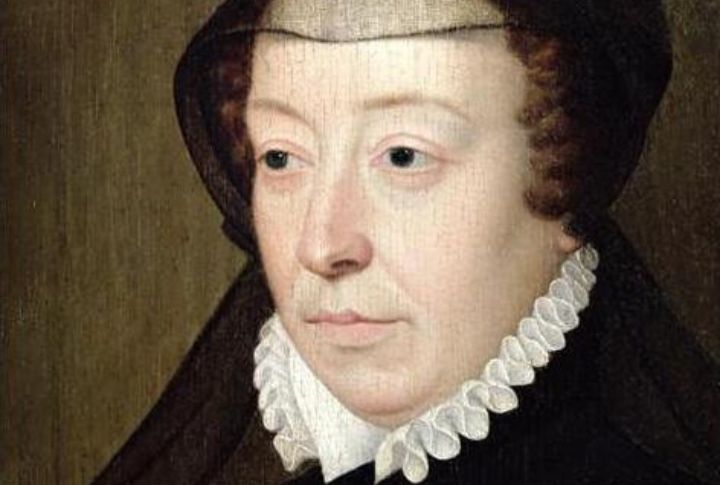
Authority and loss both found their expression in black. Legal officials adopted it to command respect while grieving nobles wore it to show dignity and rank. Since black dye was hard to produce and costly, its presence always hinted at wealth and significance.
White Signified Purity And Chastity
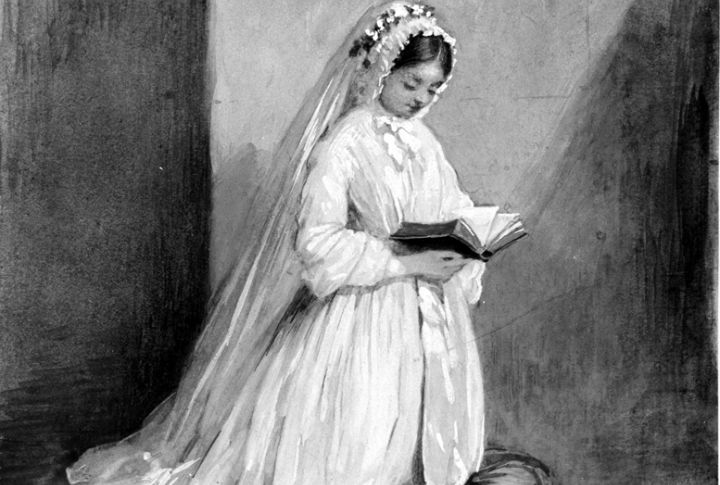
Brides wore white not for trend but to show innocence. Monastic orders like the Cistercians dressed in white habits as a spiritual statement. Given the grime of medieval towns, white clothing also required wealth or servants to maintain, which makes it both symbolic and status-laden.
Yellow Was Associated With Betrayal And Heresy
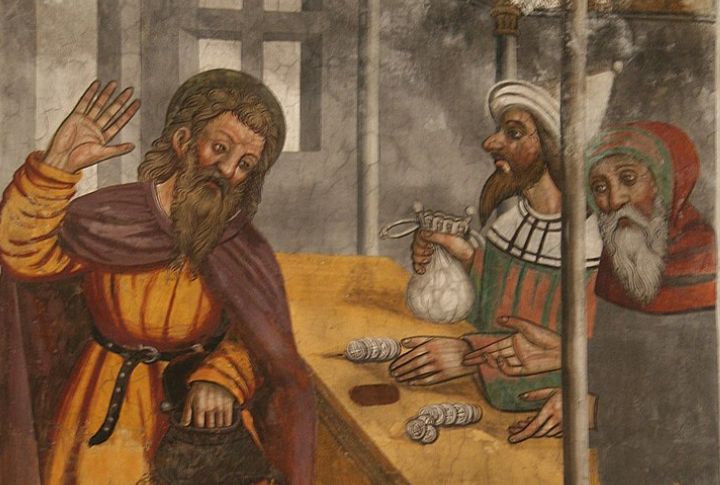
Religious art often casts Judas in yellow, giving the color a lasting stain of betrayal. Authorities forced heretics and Jews to wear yellow badges as public markers. Even with that, yellow still found its way into carnival costumes and festival garb, where joy took over.
Brown Was Tied To Peasantry And Earthiness
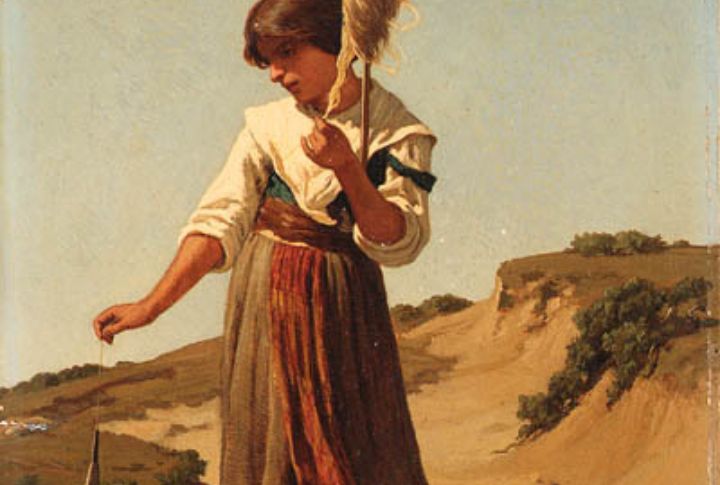
For many, brown symbolized labor and simplicity. Peasants wore it by default—undyed wool fit their means and lifestyle. The Franciscans later claimed it with intention, making humility a core part of their identity. Brown became a quiet reflection of the soil, the struggle, and the sacred in the ordinary.
Orange Was Used Sparingly For Festivity
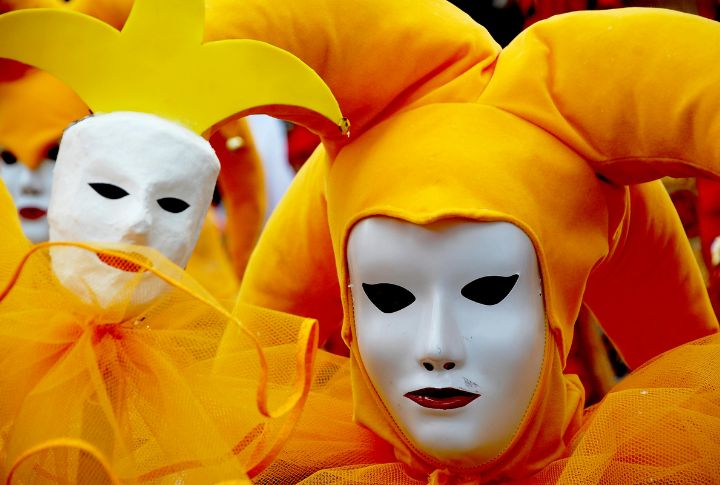
Muted orange appeared during celebrations and theatrical performances. The dye came from rare plants and didn’t hold well, so orange wasn’t common in everyday wear. Still, its warmth made it perfect for costumes, bringing cheer and energy to market days and parades.
Pink Symbolized Innocence
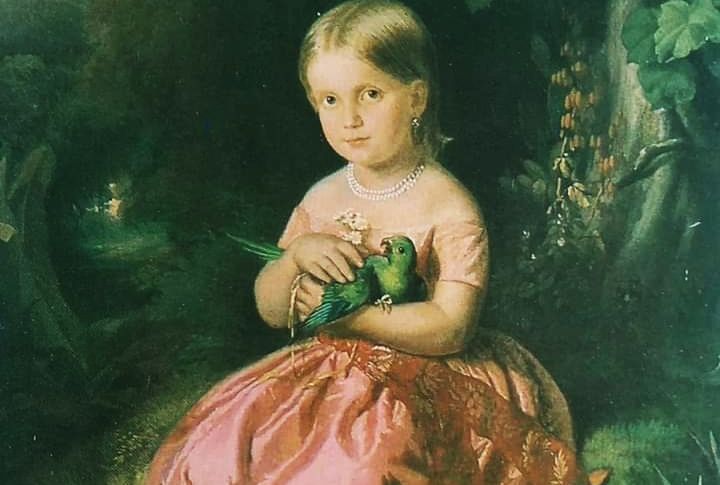
Art used pink for delicate roses and gentle scenes, often tied to youth or tenderness. Clothing in this color appeared mainly on children or in symbolic religious depictions. Viewed as a tender offshoot of red, pink echoed innocence rather than passion and was rarely seen.

